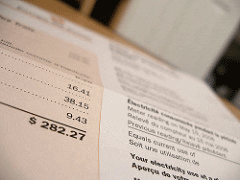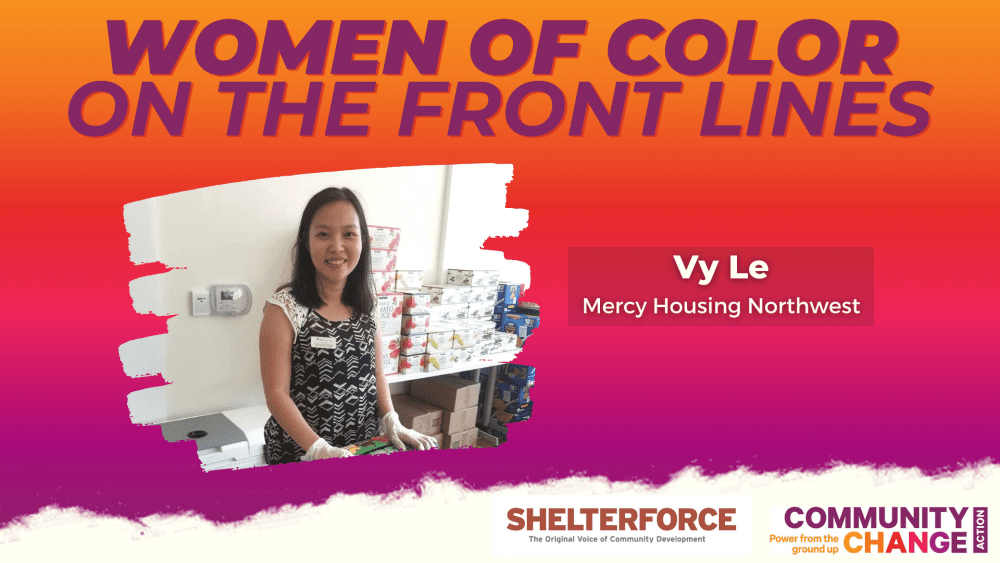
And energy costs are the highest controllable operating cost in the operation of affordable multifamily housing.
Reduction of energy costs for low income renters fits squarely within our mission, so we’ve joined Energy Efficiency for All (EEFA), a coalition whose task is to link the energy and housing sectors together in order to tap the benefits of energy efficiency for millions of Americans. The partnership includes groups such as the Natural Resources Defense Council, Energy Foundation, and Elevate Energy.
Because utilities expend more than $8 billion annually on energy efficiency, that's where EEFA has set its sights. The vast majority of that funding is currently deployed for retrofits of commercial offices, industrial, and single-family homes, and very little is used to help low income renters or affordable housing owners to reduce their energy costs. We intend to upend that dynamic.
EEFA is currently in 12 states (Calif., Minn., Ill., Mo., Mich., R.I., N.Y., Pa., Md., Va., Ga., and La.) working with owners, managers, businesses, and advocates to promote effective utility energy efficiency programs for building owners, as well as ensuring healthy and affordable housing for residents. We tackle a specific set of issues including environmental equity, program design and budgets, regulations and policies, financing, and owner outreach.
So far we’ve secured over $95 million from private, investor-owned utilities for energy retrofits for affordable multifamily housing. By way of example, EEFA just won $15.5 million in utility funding in Maryland and Washington, D.C. targeted to low income rental housing, a huge victory for those renters. Testimony such as this made the difference:
“I’m a single father with a son. My building was retrofitted and now my son can focus on learning his ABCs instead of worrying about being cold.”
—Mr. Hood, affordable housing resident, speaking to D.C. Public Service Commissioners
The D.C. Public Service Commission agreed with Mr. Hood. It decided that directing a portion of the Customer Investment Fund to energy efficiency programs is in the public interest, and that “there remains a need to target energy usage through innovative programs and tools, including programs behind the meter, to ensure that the District residents of low and moderate means, the majority of whom reside in multifamily buildings, are provided with systemic assistance.”
Now is a particularly apt time for the affordable housing community to be involved in energy efficiency. Utility spending on energy efficiency is projected to double from 2010 levels by 2025, and the EPA's Clean Power Plan requires states to pay more attention to energy efficiency as a resource. Improving the energy efficiency of multifamily affordable housing is a cost-effective way for states and utilities to meet their energy savings and pollution reduction goals, while maintaining housing affordability and creating healthier and more comfortable living environments for residents. Housing finance agencies, advocates, and others should be at the table as states develop their implementation plans to comply with the Clean Power Plan and as utilities develop plans to allocate energy efficiency funding.
For those who want to take this work on at the local level, EEFA’s website provides a library of resources for housing professionals, energy specialists, and others to learn more about the key issues and identify other organizations working in this space.
EEFA also supports the Network for Energy, Water, and Health in Affordable Buildings (NEWHAB), a national network integrating the issues of energy efficiency, water, health, and housing affordability to spur systemic change in the way we think about building equitable and sustainable communities. In contrast to EEFA, NEWHAB is a national learning network for individuals dedicated to driving increased affordability, health and comfort through efficient energy and water use in multifamily housing. Visit the site to get involved.
Check back often with EEFA and NEWHAB to find new resources, connect with other groups engaged in this work, and get updates on the work we're doing together.
Photo credit: Brendan Wood via flickr, CC BY-SA 2.0)






Thanks for the great share! I also like the idea of Home Energy. The best part I like is this: The reliability and availability of modern energy sources cause people to tend to assume that it will always be accessible. And as for the case of non-renewable energy sources, most people do not know or maybe even refuse to accept that it will eventually run out.